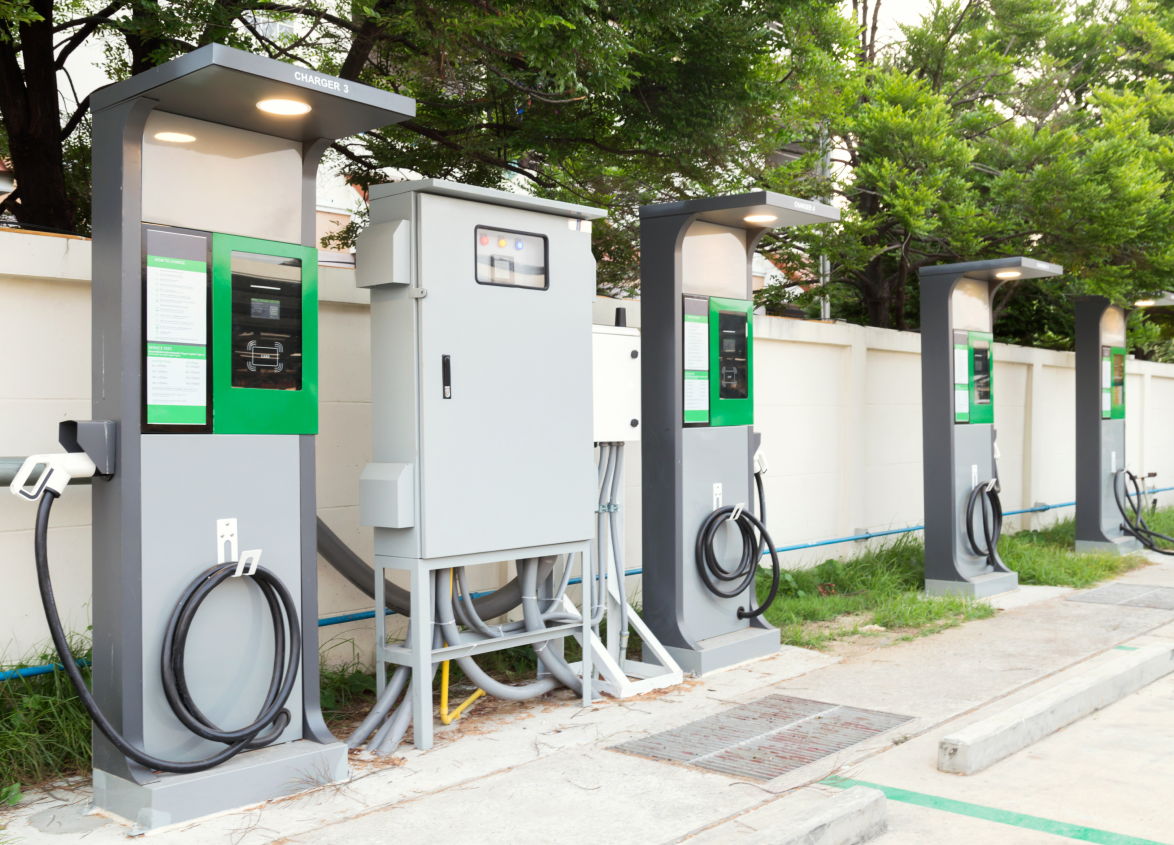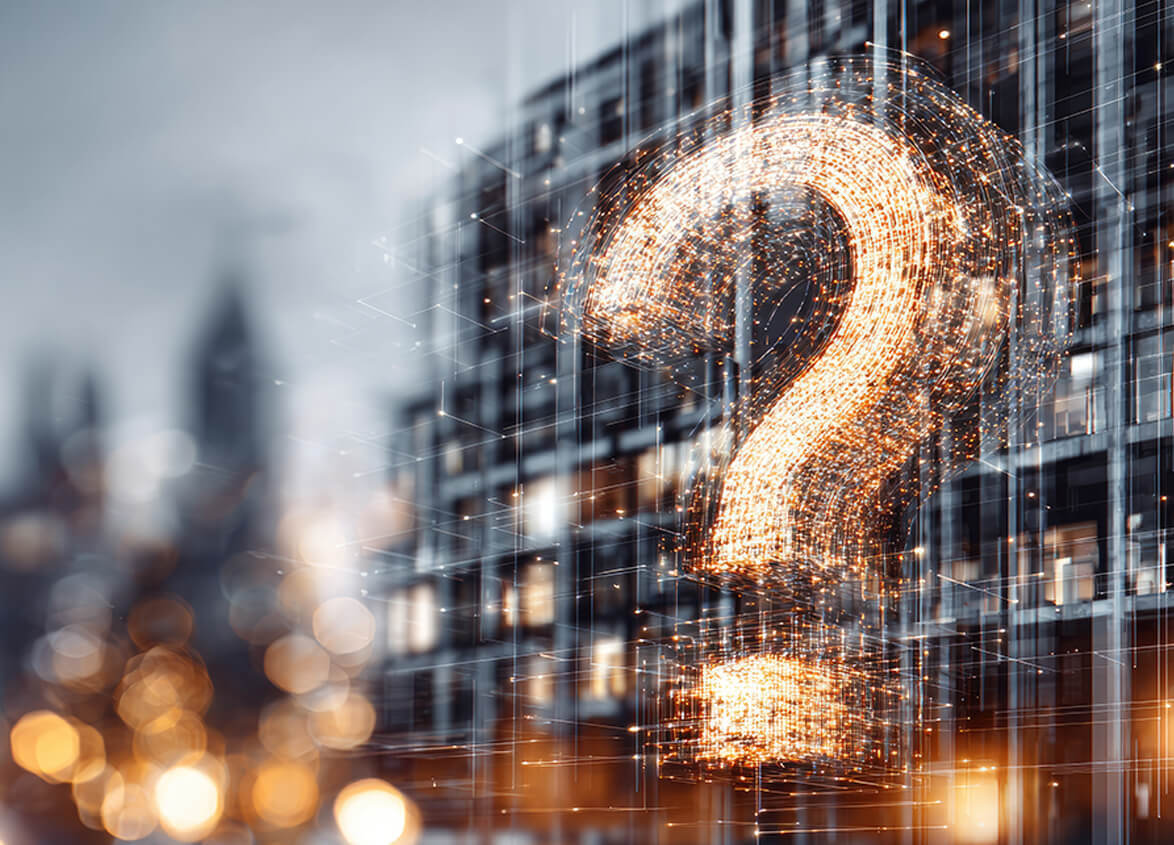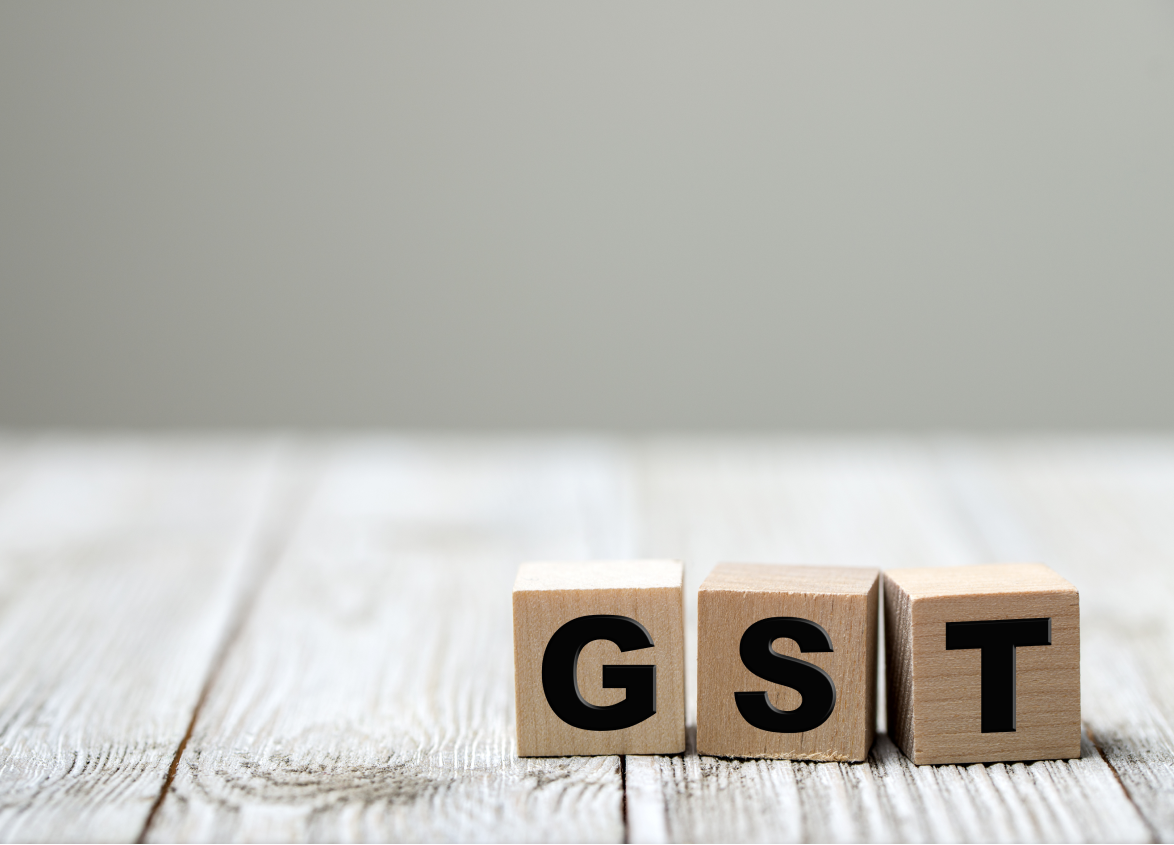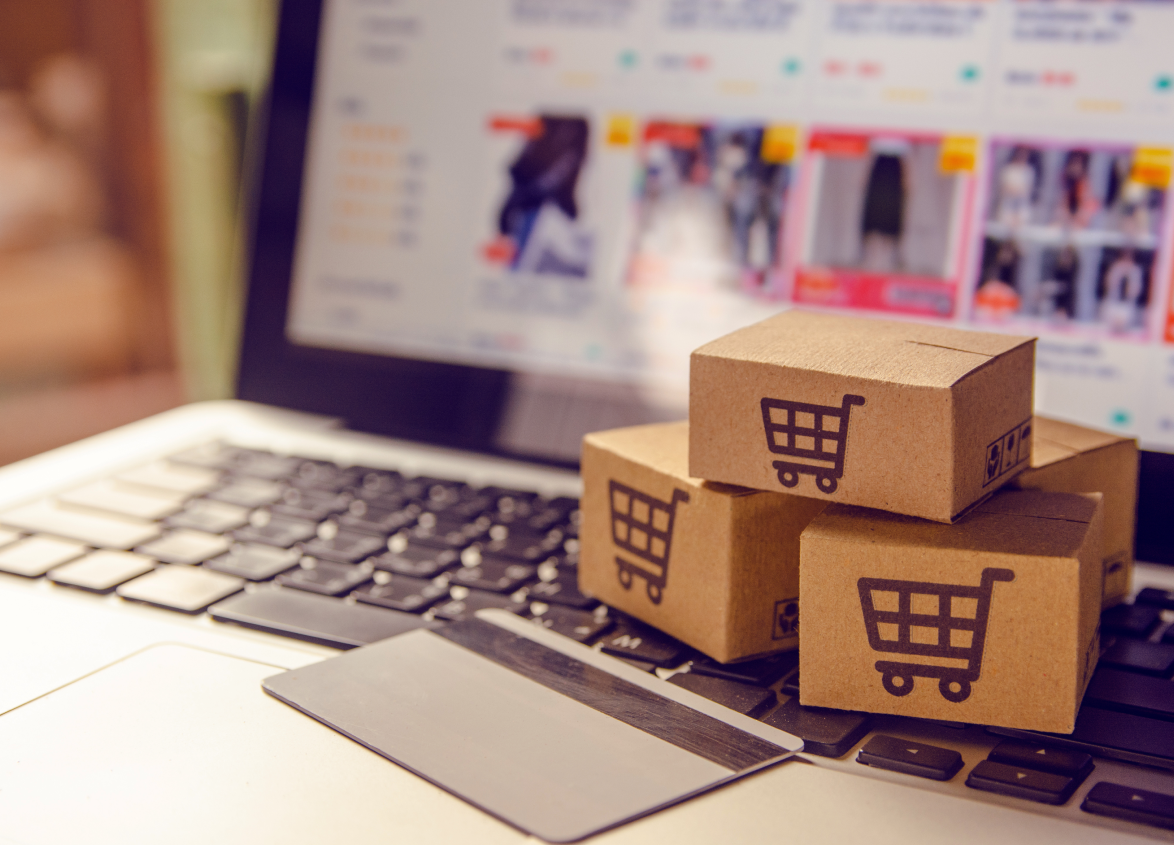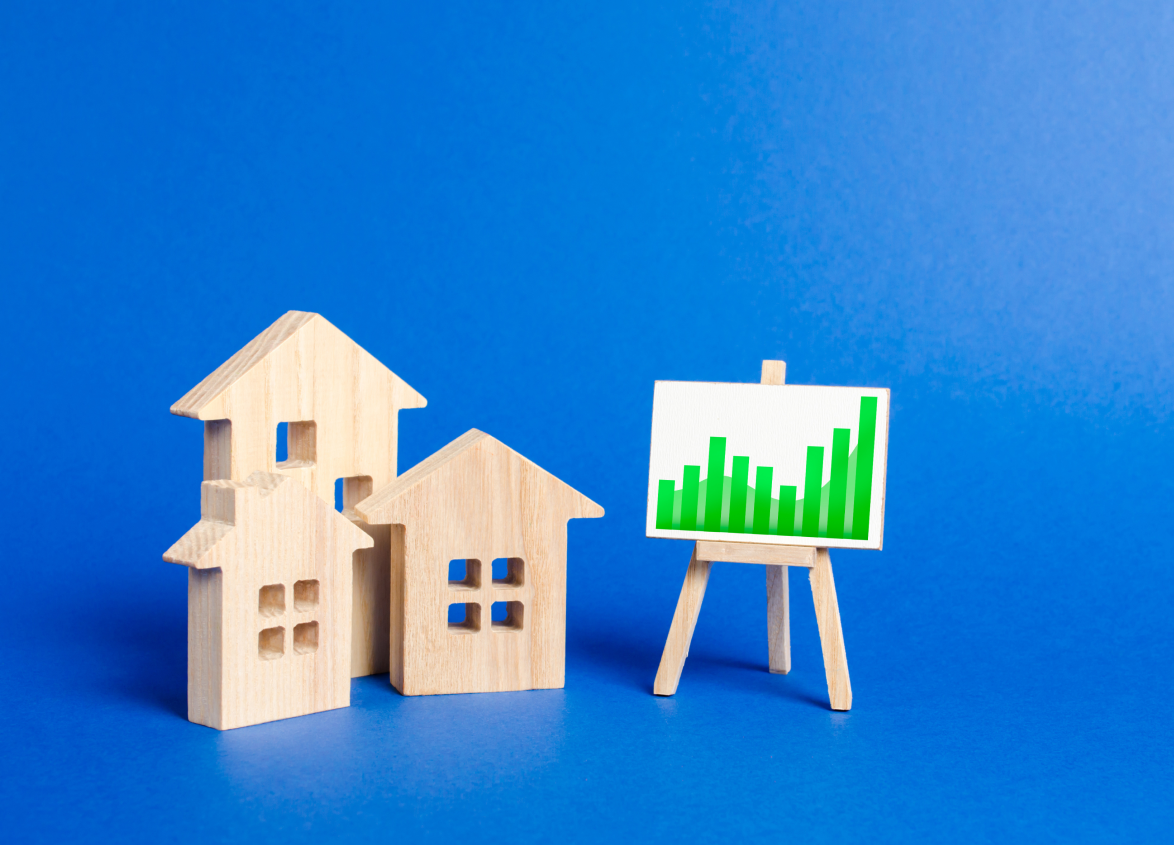
Retail
Omnichannel Retail: Bridging the Gap Between Storefronts and Smartphones
August 12, 2025
In today's hyper-connected, digitally dominated world, retail is no longer just a physical environment. From busy store aisles to effortless shopping on mobile screens, how consumers shop has changed profoundly and irreversibly. The new customer journey is fragmented, fast-paced and ever-evolving, making omnichannel retail an innovation and a necessity.
The shift from store to smartphone is a prime example of the evolution of commerce. As more sales channels and touchpoints for customers arise, ranging from websites, mobile apps and social media to physical locations and marketplaces, retailers are turning to omnichannel retailing strategies to address increasingly changing customer expectations. This is driven by consumers who are digital natives and expect instant gratification, personalised interactions and brand contact across platforms without interruption.
The lines between physical and digital commerce have blurred entirely. Today, consumers might discover a product on Instagram, compare prices on an app, try it in-store and finalise their purchase on a desktop, all within hours. In this blog, we’ll unpack what omnichannel retail means, why it's vital and how brands can craft an effective, future-ready strategy to stay ahead of the curve.
What is Omnichannel Retail?
Omnichannel retail refers to a fully integrated approach to commerce that provides a seamless shopping experience across all channels, whether a customer is shopping online from a desktop or mobile device, via social media, over the phone or in a physical store. The goal is to meet customers on every channel, ensuring that every interaction, regardless of platform or device, is connected, consistent and intuitive.
It’s more than just multichannel retailing. While multichannel retail real estate involves selling across multiple platforms, those channels often operate in silos, lacking synergy and unified communication. In contrast, omnichannel retailing synchronises every channel to provide a cohesive customer experience, a unified journey where interactions are consistent and interconnected.
Whether a customer adds a product to their cart on mobile, asks a query through a chatbot or completes the purchase in a physical store, every touchpoint contributes to a smooth and unified customer journey.
This approach empowers brands to better understand customer behaviour, drive deeper engagement, and boost customer satisfaction and loyalty through frictionless channel transitions. In essence, omnichannel retail isn’t just a strategy; it reflects how modern consumers shop today.
Real-World Omnichannel Retailing Examples
- Buy Online, Pick Up In-Store (BOPIS): A fast-growing model where customers leverage the convenience of e-commerce with the immediacy of in-store pick up.
- Endless Aisle Technology: Customers in-store can browse items that may not be available physically but can be shipped from a warehouse.
- Cross-Channel Loyalty Programs: Earn points shopping in-store and redeem them online or vice versa.
- Hyper-Targeted Email Campaigns: Offers generated based on in-store visits or abandoned online carts.
Why Omnichannel is No Longer Optional?
In 2025, omnichannel isn’t a “nice to have”; it’s the entry price. McKinsey says over 75% of consumers engage across multiple touchpoints before purchasing. Delivering a smooth experience across all touchpoints is now essential to winning customer loyalty.
Key Drivers Behind the Rise of Omnichannel Retail:
- Consumer Expectation for Continuity: Today’s customers expect a brand to recognise them and their behaviours regardless of the platform.
- Mobile Commerce Boom: With mobile accounting for over 70% of e-commerce traffic globally, mobile-first design is now the cornerstone of omnichannel.
- The Power of Personalisation: The demand for curated experiences is only growing. Unified data fuels this.
- Post-Pandemic Behavioural Shifts: COVID-19 changed how people shop forever. Even digital laggards became online-savvy.
- Disruptive Innovation Pressure: Retailers that don’t adapt fast enough risk irrelevance as competitors capitalise on tech-native engagement.
Key Components of a Successful Omnichannel Retail Strategy
An effective omnichannel retail strategy isn’t just about being everywhere. Instead, it’s about being consistently excellent and customer-centric across every sales channel. Retailers must adopt a harmonised, data-driven and agile approach that puts the customer journey at the core of their business model. Here are the foundational pillars of a truly omnichannel retail ecosystem:
1. Unified Customer Data Platform (CDP)
A centralised CDP is the backbone of a successful omnichannel strategy. It aggregates and analyses customer data from all touchpoints, including e-commerce platforms, physical store POS systems, loyalty apps, email marketing tools and third-party data sources. This comprehensive 360-degree customer view enables retailers to drive personalised marketing, optimise the customer journey and deliver personalised experiences in real time based on customer context.
By decoding customer behaviour and preferences, retailers can tailor everything from product recommendations to content strategies, enhancing customer engagement and boosting lifetime value.
2. Integrated Inventory Management
Omnichannel success hinges on precise and agile inventory management. Unified inventory visibility ensures that customers receive real-time stock updates and reliable delivery estimates, whether shopping in-store, browsing a mobile app or searching via voice assistant.
Modern warehouse management systems integrated with order fulfilment engines and POS platforms support functionalities like ‘ship-from-store,’ ‘buy online, pick up in-store (BOPIS),’ and ‘reserve online, try in-store (ROTI).’ This fluidity improves the overall shopping experience while minimising overstock or stock-out scenarios.
3. Consistent Brand Messaging
Consistency is key to building trust and brand equity. From Instagram reels to in-store signage and email newsletters, the visual language, messaging tone and brand story must remain cohesive. Whether the customer journey starts on a social media ad or ends in a physical store, the brand voice should reinforce the same values and promises.
This strategic alignment helps solidify brand loyalty, drive recall and differentiate the brand in a saturated retail landscape.
4. Frictionless Checkout & Returns
Checkout and return processes are no longer transactional; they’re experience-driven. Customers expect a seamless, cross-channel process with multiple fulfilment options, such as same-day delivery, curbside pickup and instant in-store exchanges.
Retailers must invest in user-friendly interfaces, mobile-first payment gateways and secure omnichannel return policies to drive customer satisfaction and retention. These touchpoints are crucial opportunities to enhance customer experience and reduce cart abandonment.
5. Hyper-Personalised Engagement
Today’s omnichannel customers demand relevance. Leveraging AI-powered engines and behavioural analytics, retailers can deploy predictive personalisation strategies. These include dynamic content, adaptive homepage layouts, AI-driven product bundling and geo-targeted offers.
Beyond reactive strategies, brands must anticipate customer needs before they arise, turning passive shoppers into loyal brand advocates. Personalisation at scale is not a trend; it’s a core driver of omnichannel commerce success.
6. Omnichannel Customer Support
Customer service must mirror the omnichannel shopping experience—unified, intelligent and empathetic. Integrating all support channels into a single platform allows customer service teams to access complete interaction histories across email, chat, social media, phone calls and in-store conversations.
This reduces resolution time, eliminates repetitive queries, and elevates the customer experience. A robust omnichannel support model doesn’t just solve problems; instead, it builds brand trust and nurtures long-term relationships.
Benefits for Retailers
- Elevated Customer Experience: Omnichannel meets customers where they are, offering flexibility, speed and tailored interactions. Seamless transitions between platforms create intuitive, memorable journeys.
- Increased Revenue & Conversions: According to Harvard Business Review, omnichannel customers spend 4% more in-store and 10% online than single-channel customers. Simply put, more touchpoints lead to more opportunities for transactions.
- Deeper Customer Insights: Unified analytics yield a 360-degree view of your customer, enabling dynamic segmentation, predictive modelling and more effective A/B testing.
- Operational Excellence: Streamlined systems reduce redundancies, eliminate stock discrepancies and optimise logistics, delivering cost efficiency and scalability.
- Customer Retention & Brand Affinity: Consistency builds trust. When customers know they’ll get a seamless experience, they’re more likely to come back and advocate for the brand.
Emerging Technologies Accelerating Omnichannel Retail
Innovation is no longer a competitive advantage but the baseline. In today’s experience economy, retail leaders must adopt cutting-edge technologies and embed them into the DNA of their omnichannel ecosystems. Here are the trailblazing technologies revolutionising how brands engage, convert and retain customers across platforms:
1. Augmented Reality (AR) & Virtual Reality (VR)
AR and VR are not just futuristic add-ons. They’re strategic differentiators. From virtual try-ons for apparel and eyewear to immersive 3D product walkthroughs, these technologies are reshaping digital touchpoints into interactive, confidence-building experiences. Brands like IKEA and Sephora have already integrated AR to boost pre-purchase satisfaction and reduce returns, turning screens into tactile showrooms.
2. Voice Commerce
Conversational commerce is gaining traction as smart speakers and voice assistants become household staples. Consumers are now browsing catalogues, reordering essentials and tracking deliveries, all through voice commands. Integrating voice UX into an omnichannel strategy ensures your brand meets customers at the intersection of convenience and intent.
3. IoT-Powered Smart Retail
The Internet of Things (IoT) is turning traditional retail into intelligent ecosystems. Sensors and beacons track real-time foot traffic and inventory movement, while RFID tags power frictionless checkouts and dynamic pricing. Smart mirrors and connected fitting rooms enhance in-store personalisation, bridging physical-digital experiences.
4. AI-Driven Chatbots & Virtual Assistants
AI-powered chatbots are the new frontline of customer service—intelligent, intuitive and tireless. These tools answer queries and actively upsell, cross-sell and guide users based on real-time behavioural analytics. As generative AI matures, expect these virtual agents to evolve into hyper-personalised concierge services.
5. Blockchain for Transparency
With ethical sourcing and traceability becoming key purchase drivers, blockchain provides a tamper-proof, decentralised solution. From farm-to-shelf tracking to verified carbon footprints, blockchain builds consumer trust by offering full transparency into the product journey. This is fast becoming a brand differentiator, especially for values-driven Gen Z and millennial shoppers.
Common Challenges in Implementation
- Legacy System Integration: Outdated POS or ERP systems hinder the data flow needed for real-time personalisation and unified operations.
- Siloed Departments: Marketing, IT, logistics and store teams often function independently, leading to fragmented customer journeys. Alignment is key.
- High Cost of Transformation: Omnichannel is resource-intensive. Infrastructure overhaul, talent upskilling and vendor alignment require substantial investment.
- Data Privacy & Compliance: With consumer data under increasing scrutiny, brands must prioritise GDPR, CCPA and ethical data use across all digital touchpoints.
- Measuring Success: ROI on omnichannel initiatives isn’t always immediate. Success requires long-term commitment and recalibrated KPIs beyond conversion rate alone.
Future of Omnichannel Retail
Retail will become more predictive, immersive and sustainable as we gaze into the future.
Key Trends to Watch:
- Smart Mirrors & Fitting Rooms: Blending in-store experience with e-commerce-style personalisation.
- Subscription Commerce & Auto-Replenishment: Predictive fulfilment tailored to customer buying cycles.
- Sustainable Omnichannel: Eco-friendly logistics, carbon-neutral deliveries and ethical sourcing are now purchase drivers, not just PR tactics.
- DTC Ecosystem Expansion: Brands are building community-focused microchannels (think WhatsApp, Discord) for deeper engagement.
- Composable Commerce Architectures: MACH (Microservices, API-first, Cloud-native, Headless) infrastructure will enable faster innovation.
Conclusion
Retail has shifted from the humble storefront to the powerful smartphone. Omnichannel retail is no longer an experimental strategy, it’s the playbook for survival in a digitally saturated, expectation-rich landscape.
To lead in this evolving era, brands must go beyond channel presence and master channel harmony. This means designing experiences that are not only seamless but also deeply human-centric. The winners will be those who place the customer at the heart of every interaction, break down data and departmental silos and leverage technology as a conduit for empathy, personalisation and immediacy.
Success won’t just be about convenience. It will be about how smoothly brands move with customers across moments, moods and media. In this new normal, agility isn’t just operational; it’s emotional.
The path forward is clear: be everywhere your customer is and be brilliant every time. The future of retail belongs to those who unify experience with intelligence, loyalty with innovation and storytelling with strategy.
FAQs
What is omnichannel retail?
Omnichannel retail is a unified commerce strategy that provides consistent and personalised customer experiences across all physical and digital platforms.
How is omnichannel different from multichannel?
Multichannel uses multiple platforms, often independently. Omnichannel connects all platforms for seamless customer journeys.
What are examples of omnichannel retailing?
Examples include curbside pickups, cross-platform loyalty points, in-app recommendations based on in-store browsing and live chat that continues across sessions.
Why is customer data crucial to omnichannel success?
It enables brands to tailor experiences, build accurate segments, optimise inventory and deliver targeted marketing at scale.
How does omnichannel retail improve brand performance?
It boosts conversions, retention, loyalty and advocacy by aligning brand experience with evolving customer expectations.
MUST READ
Looking for something specific?
We'd be delighted to help you.












